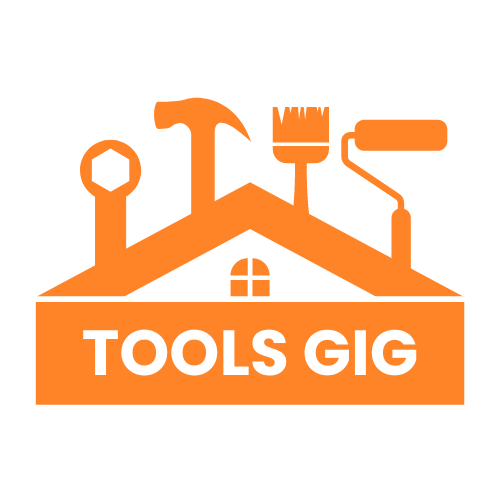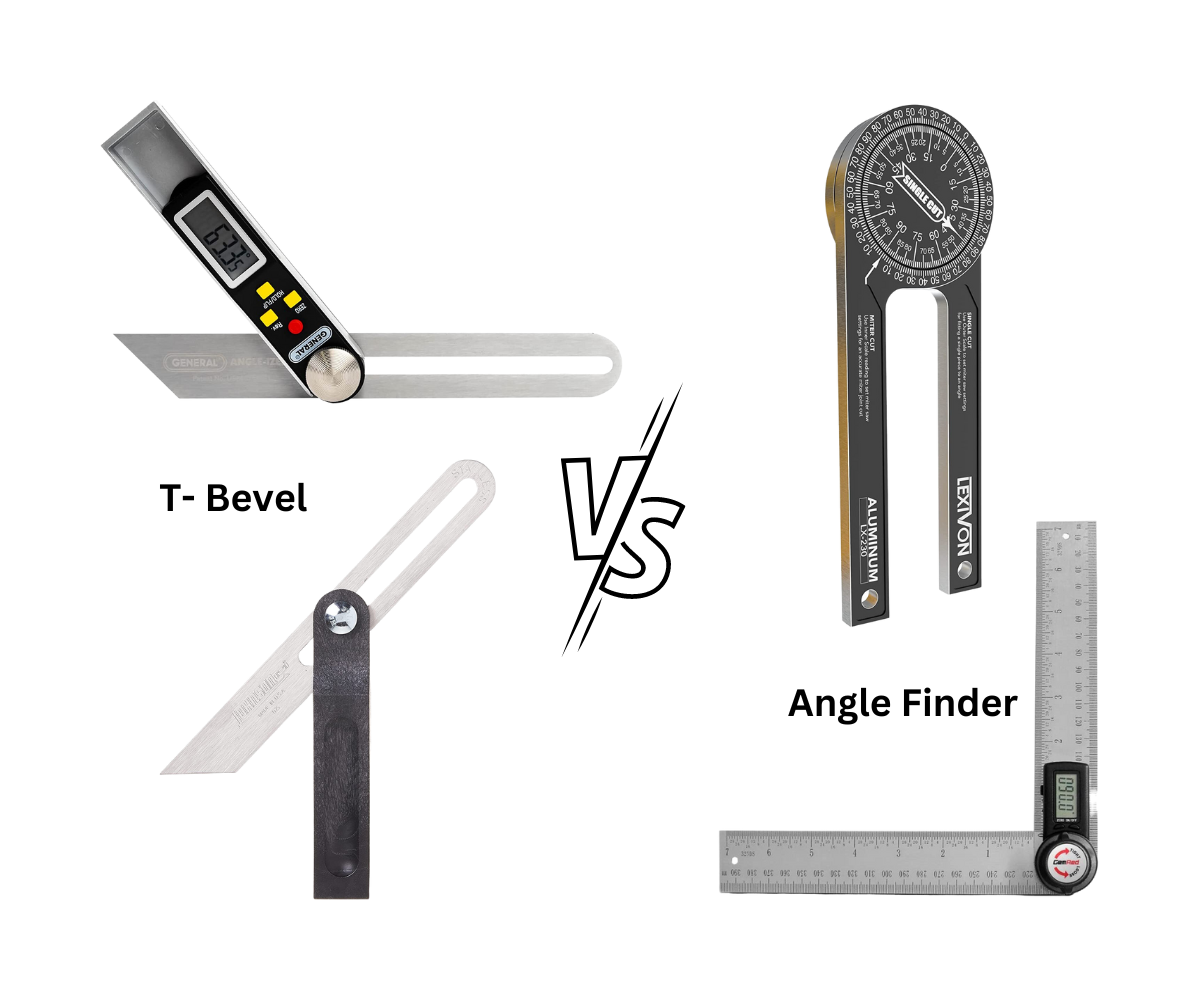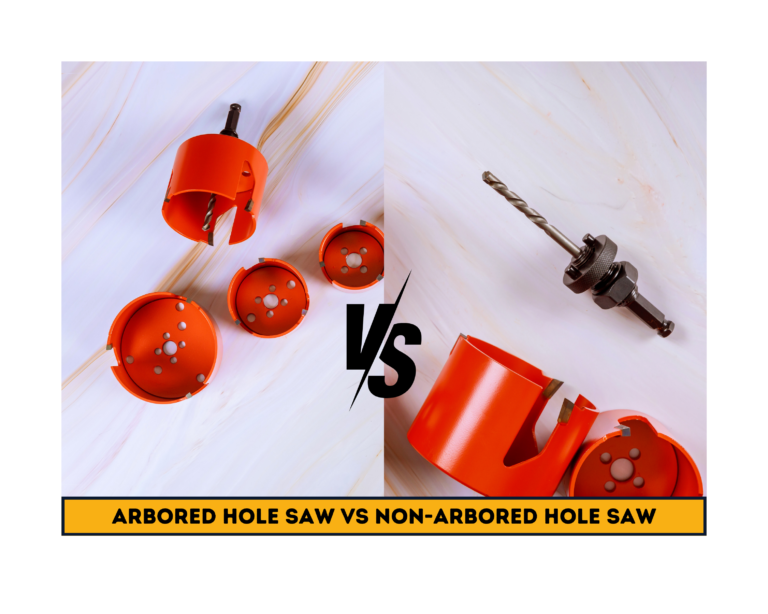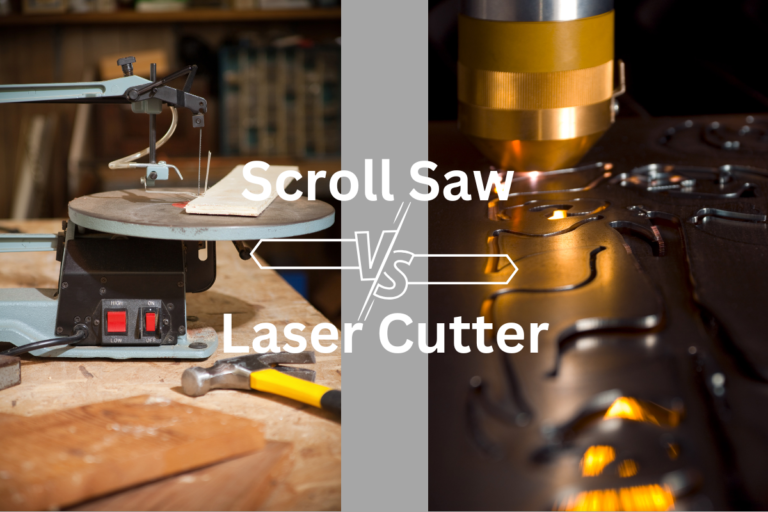T-Bevel vs Angle Finder – know Which one you should use?
As an Amazon Associate I earn from qualifying purchases.
T-bevel and Angle finder are small but beneficial tools for woodworking, construction, and metalworking projects to measure angles in pretty much anything and transfer shapes on another surface.
The traditional analog and digital T-bevel has the accuracy required to transfer accurate angles from an existing area and is more versatile in measuring an impossible 90-degree angle. However, with the digital T-bevel, you can measure angles in pretty much anything and show them on an LCD screen.
In constant, the classical analog and digital angle finder has accuracy in measuring accurate angles on any straight surface, gives fractional degrees, and has the versatility to shift angles on other surfaces.
Let’s get the detailed description and other aspects of choosing between T-Bevel vs Angle finder.
Contents
Comparison Table between T-Bevel and Angle Finder
| Features | T-bevel | Angle finder |
| Shape | ‘O’ shape | ‘T’ shape |
| Measuring range [analog] | 0-360 degrees | 0-180 degrees |
| Measuring range [digital] | 0-360 degrees | 0-360 degrees |
| Ruler marker | Not on all models | On all models |
| Lock mechanism | Yes | Yes |
| Portability | Yes | Yes |
| Price | Cheap | Cheap |
Analog vs Digital Angle Finder and T-bevel
T-bevel
T-bevel, also known as sliding bevel, is a hand-held measuring tool that is used to determine and transfer angles.
They come in analog and digital versions and are widely used in woodworking, metalworking, and other trades requiring accurate angle measurements.
Analog vs Digital T-bevel
The analog and digital T-bevels are the same in design and size; the only difference is that the digital T-bevel has a digital display on the handle for easy reading of the interior and exterior angles measurements you take, and it can even take multiple readings at once.
The analog can measure angles as well, but it lacks the angle mapping that the digital has. But using the sliding blade and locking mechanism to transfer accurate angles of an existing area is excellent on both.
Angle Finder
An angle finder is a measuring tool mainly designed to determine the angle of an object or surface. An angle finder is used to provide quick and accurate measurements.
They also come in analog and digital versions; the protractor version is a two-armed angle finder, and the other one is a digital angle finder.
Analog vs Digital Angle Finder
The layout of an analog and digital angle finder is nearly identical. The analog comes in an “O” shape with two arms, and the digital has a little “O” shape and a display machine on the ruler for easy-to-read measurements.
Except this, they both can measure angles and transfer accurate angles of an existing area.
Similarities and Differences between T-Bevel and Angle Finder
Size
Comparatively, a T-bevel size is smaller and more compact than an angle finder. In addition, their blade can be easily hidden into the handle and fold it for better safety, and they can easily hold in your pocket for better portability.
Function
An analogue T-bevel is mainly for transferring accurate angles or shapes on surfaces as it has a locking mechanism knob to lock the angle. In contrast, an analogue angle finder is mainly for measuring the accurate angle as it has an angle sticker with a marker or a rotating vial.
Also, some analogue angle finder models come with a locking mechanism knob to shift accurate angles.
The digital T-bevel and angle finder can both be used for transferring accurate angles and measuring the accurate angle and show as they both have a digital display and locking mechanism.
Note: Only a fewer T-bevel models come in digital versions.
Ruler movement
A T-bevel handle is fixed at a place, and the ruler can be rotated clockwise and anticlockwise and can be locked, extended through one side, can slide in any position, and moved halfway through any side.
In an angle finder, the ruler can move and rotate clockwise and anticlockwise and can be locked while rotating movement.
Measurement range
A T-bevel has a sliding blade, and with its help, you can set the bevel between 0 and 360 degrees, and it can be locked anywhere. In the digital angle finder rotating the blade, you can measure the angle between 0 and 360 degrees and can lock it any place.
But the Protractor angle finder only can rotate between 0 to 180 degrees.
Ruler marker
All the angle finder comes with a ruler maker to have easy mapping, and the arms are straight for making an easy straight line on a surface. In comparison, most of the T-bevel doesn’t have this.
Accuracy
You get excellent accuracy in measuring the angle on both the digital T-bevel and angle finder. But comparing the analogue, the angle finder’s accuracy is higher than the T-bevel’s, as the angle finder has an angle sticker with a marker and can give fractional degrees, which is a little tough for the T-bevel. On T-bevel, you have to use a separate measuring tool.
Versatility
Comparing both analog and digital angle finders, a T-bevel analog and digital version has more versatility as a T-bevel is smaller, can rotate full 360 degrees, and can be used while measuring in a complicated or impossible 90 degrees angle which is tough to do in an angle finder.
But an angle finder is a more versatile tool for measuring angles in various applications.
Portability
Both the angle finer and T-bevel can carry anywhere for work; even for their smaller size and lightweight, they could easily fit in your pocket for easy portability.
Magnet
As a T-bevel handle is mostly made of wood and plastic for that, you don’t get the magnet advantage, but an angle finder is fully made of stainless steel and has the magnet advantage to attach it when needed.
Price
This smaller but helpful analogue and digital angle finder and T-bevel won’t cost much. Within $40, you will get a quality T-bevel and angle finder for your construction and carpentry project.
Which one should I choose; T-bevel or Angle finder
The choice between a T-bevel and an angle finder depends on the specific tasks you need to perform.
Choosing between an analog T-bevel and an angle finder, an angle finder will be the better choice than a T-bevel if you want to measure the accurate angle and the accurate shifting angle of an existing area. Also, on every model of an angle finder, you get the marked number ruler scale for easy mapping.
While if you only want to transfer accurate angles or shapes and measuring angles number is not a matter for you, then you can highly select a T-bevel as it can measure in an impossible 90 degrees angle where an angle finder can’t be used.
Choosing between a digital T-bevel and an angle finder, I consider you to choose over the angle finder. Though they both have the accuracy, versatility, and portability and can measure both the angle and replicate the angle of an existing area, including all these a T-bevel with its sliding blade can measure on complicated and impossible angles, which is tough to do on an angle finder.
Frequently Asked Questions
Are digital protractors accurate?
Yes, the digital protractor is accurate, and over time it is getting highly accurate and can give fractional degrees to measure any angle. They come with an LED display where you can read the measurement, take multiple readings at a time, and save it for further usage.
What is the difference between a try square and a sliding bevel?
Try square fixed measurement tools used for marking and making straight lines; with that, it is fixed at 90 degrees to measure only one angle. Also, with a straight blade, one can check whether the surface is straight or not.
In contrast, a sliding bevel is used to determine and transfer angles. Moving the sliding bevel, you can rotate it fully 0-360 degrees to get any angle and can lock it to transfer it to another surface.
How do you use an angle finder?
To find any angle or replicate an angle in another place, first keep the workpiece on a flat surface, then use both hands to extend the arms of an angle finder until they match the workpiece you took; when they match, you will get the angle. After that, to replicate the angle, just tighten the knob to fix it and take on the other surface.
Conclusion
Both the angle finder and T-bevel are useful tools while getting accurate measurements of angles and replicating the angle while cutting the workpiece.
Also, if a tool like a table saw or miter saw’s built-in angle guide is not reliable, then also you can use one of these for accurate results.
But the thing is, those who get used to one will find it more beneficial than the other. So I hope I have covered all the aspects and you understand them. You now choose one based on your preference and comfort. Thank you.





